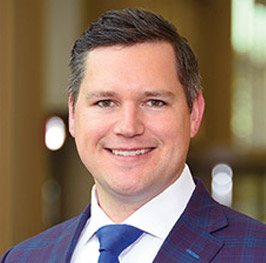
Joints are the connectors between bones, providing support and enabling movement. Any damage to these connectors due to injury or disease can significantly hinder movement and cause pain. When this joint pain sets in, we automatically think of surgery. However, there are several non-operative treatment options for joint pain.
After diagnosing the cause of the joint pain, health care providers will seek to reduce pain and inflammation and preserve joint function.
Some non-operative options include the following:
- An over-the-counter or prescription nonsteroidal anti-inflammatory drug (NSAID) such as aspirin, celecoxib, ibuprofen, or naproxen can provide pain relief.
- Topical agents such as capsaicin cream, which decreases a certain natural substance in your body (substance P) that helps pass pain signals to the brain; or menthyl salicylate, which causes the skin to feel cool and then warm, can distract from the deeper joint pain.
- Injections:
- Steroid injections are the most common injected treatment for joint pain and are administered every 3 to 4 months.
- Platelet-rich plasma therapy is an injection made up of your own blood and injected into the injured joint, which contains a large number of platelets and proteins that have anti-inflammatory effects.
- Viscosupplementation, which is a gel synthetic version of joint fluid, can be injected into the joint to enable bones to move smoothly.
- Physical Therapy can be used to strengthen the muscles around the injured joint, stabilize the joint, and improve the range of motion.
- An at-home treatment method known by the acronym PRICE:
- Protect the area to avoid pain and further injury.
- Rest to promote healing.
- Ice the injury to reduce inflammation.
- Compress the area to further reduce swelling.
- Elevate the injury above your heart to continue healing.
- Activity Modification:
- Follow an exercise program to maintain your strength and range of motion. Exercises such as walking, swimming and yoga are excellent low-impact exercises.
- Minimize the frequency of activities that cause you joint pain. Let someone else help you with tasks that may require these movements.
- Do not do tasks that require repetitive movements that can result in pain. This may require reorganizing your house to avoid constant kneeling, bending, etc.
- Weight Loss can have a significant impact on your joint health. Just one pound of weight loss reduces the force placed on the joint by 8 pounds.
If you are experiencing joint pain, contact Dr. Frisch to determine which treatment options are best for you.
Dr. Frisch is a specialist orthopedic surgeon focusing on minimally invasive hip and knee joint replacement as well as complex primary and revision surgery. He believes in creating a very personalized experience with the highest level of service. For all appointments & inquiries, please contact our of ices located in Rochester, River District, or Tawas City, MI.







